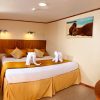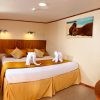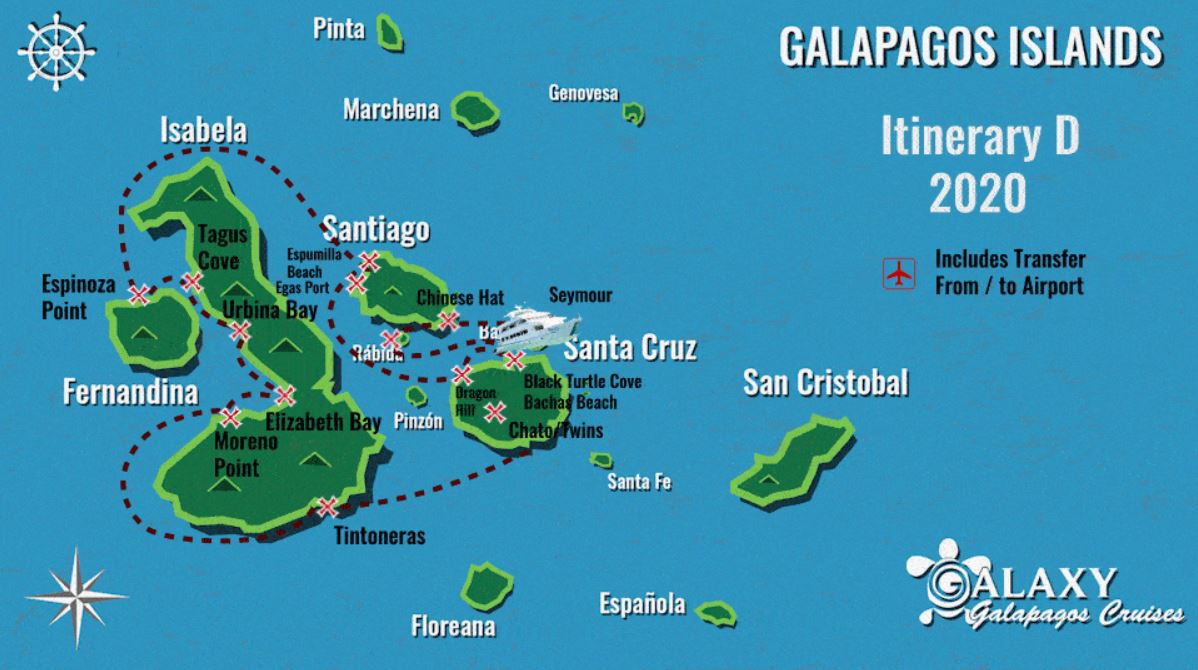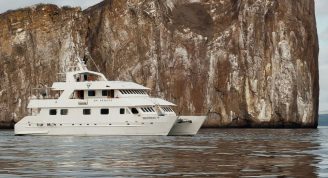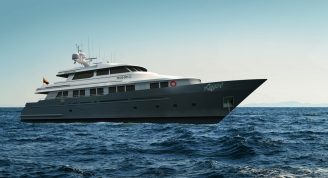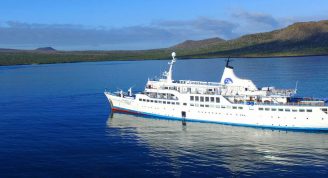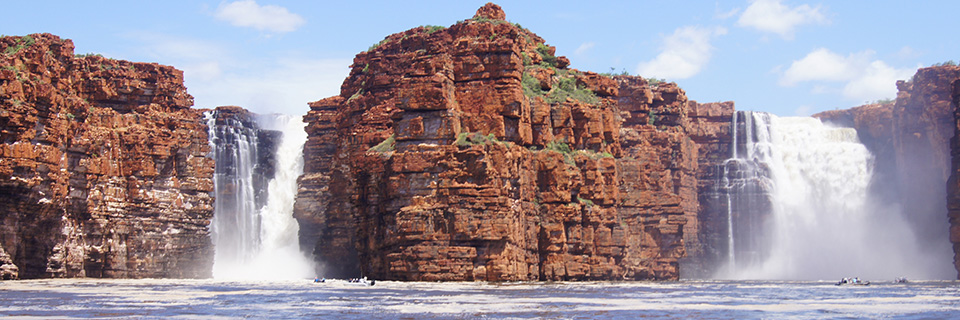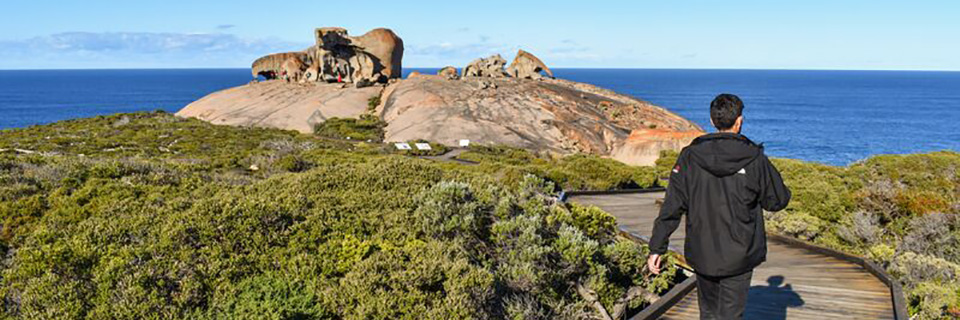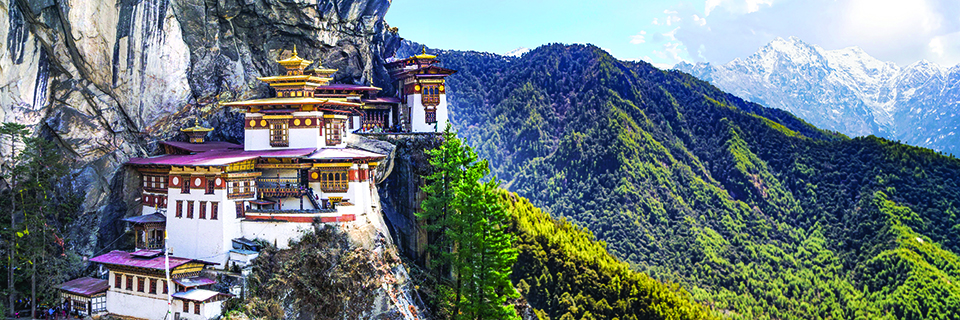Description
Enjoy 8 Day Galapagos Islands Cruise aboard Galaxy.
Trip Name
8 Day Galapagos Cruise D (Galaxy)
Days
8
Overview
Vessel Type: Catamaran
Length: 35 metres
Passenger Capacity: 16
Built / refirbished: 2007 / 2017
This is a first class yacht built in Guayaquil between 2006 and 2007 and renovated in 2017. The Galaxy offers cruises of 4, 5, 6, and 8 days and includes quality service, naturalist guides, and safe activities. The Galaxy Yacht has 9 comfortable and large double cabins with lower beds, air conditioning, hair dryers, loudspeakers, private bathrooms, cold/hot water, and additional amenities that contribute to a wonderfully unique experience in the Galapagos.
Safely Equipment - 6 lifebuoys - 2 survival rafts, 15 passengers each - 30 life jackets for passengers - 20 life jackets for crew - Flare light, smoke signals, flashlights with SO signals and other types of visual signals. - Fire detectors and complete fire protection system - Fire hoses - Fire extinguishers - External automated defibrillator - Firemen suits
Sundeck
Solarium
Upper Deck
4 Cabins, 1 Captain’s Cabin, 1 Crew Cabin, Bridge
Main Deck
3 Cabins, Dining Room, Living Room, (Lounge and Bar), Public washroom
Lower Deck
Laundry, Crew Cabin, Engine Room, Kitchen, Crew Cabin, 2 Cabins, Guide’s Cabin
Bar & Restaurant
Galaxy Yacht has an excellent dining room that contributes to a wonderful experience on board the cruise ship. Our menu focuses on the gastronomic culture of the Galapagos Islands and Ecuador. In addition to local dishes, our menu includes a selection of international dishes, and occasionally we combine the two. Local menu items, often seafood, include dishes such as: albacore tuna in seafood sauce, goat stew, and lobster (only in season). The drinks included in the cruise are soft drinks (not bottled) and juices. The decor, lighting and music in the lounge/bar create a cozy atmosphere that makes it a great place to come and relax. We can adapt our food to our guests’ needs. If you are vegetarian, gluten-free, have food allergies, or other dietary restrictions, we can accommodate you. However, this information is needed in advance; advise us of any dietary needs at the time of booking.
Social Area
Galaxy First Class Cruise offers a spacious sundeck with a fantastic area to relax and enjoy Galapagos’ landscapes. It has 7 comfortable loungers to take advantage of leisure time after a day of exploration and adventure. In the lounge area you can have a great time socializing with other guests, reading a book or just taking a well-deserved rest. In the dining room, you will enjoy the variety of delicious foods prepared by our professional chefs.
Activities
Take advantage of your Galapagos Islands adventure and enjoy the activities and excursions we have planned especially for you. Our itineraries are planned so that you will see the best flora and fauna that the islands offer. You will observe the wildlife while participating in activities such as: kayaking, panga riding, swimming, hiking, photography, and more.



